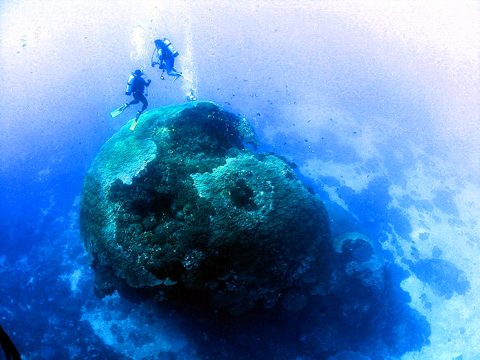Mark Lynas is well known for his excellent book Six Degrees: Our Future on a Hotter Planet from 2007. In a recent edition of the Guardian (June 12 2008), he reports on the outcome of the Stockholm Network think tank examining current and future responses to climate change. The think tank concluded that the present scenario, which is called “agree and ignore”, and one which is referred to as “Kyoto Plus”, will not result in emission reductions before 2030.
The consensus within the modeling community is that we will exceed 450 ppm if global emissions do not begin to decline within the next 8 years. At this point, as argued here and elsewhere, we will lose coral reefs, wet tropical rain forests and many other high biodiversity systems. We will almost certainly enter in a period of very dangerous climate change at this point. Food and water security will decrease and conflicts will escalate.
The third scenario is termed “step change” and is particularly interesting and plausible. In this scenario, major catastrophes driven by climate change over the next decade lead to robust international commitments to cap emissions. Interestingly, this is done by regulating fossil fuel heavy companies as opposed to individuals and governments. Whatever the mechanism, however, many of us believe that this type of shock maybe required before any real action begins – a result of the apparently eternally optimistic nature of humankind.
Pity it has to be this way. Why can’t we just wake now and avoid all the pain? Read Mark Lynas’s account of why this will not happen.









 Jamaica Gleaner
Jamaica Gleaner